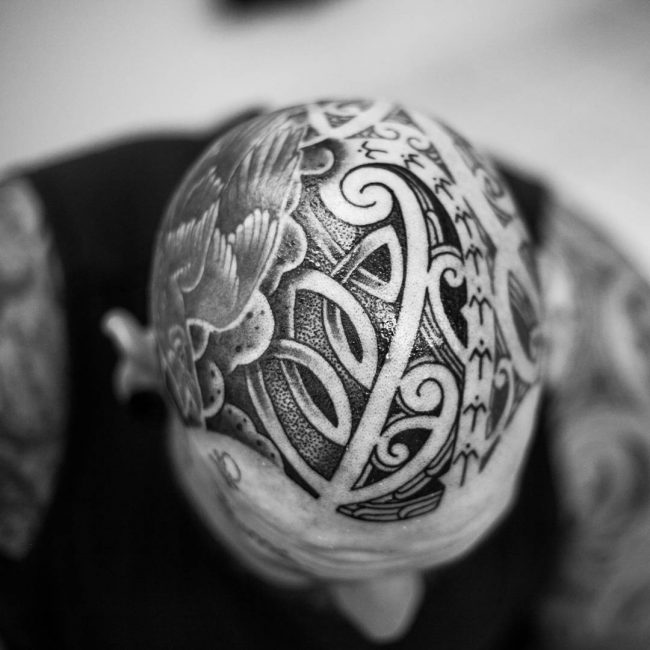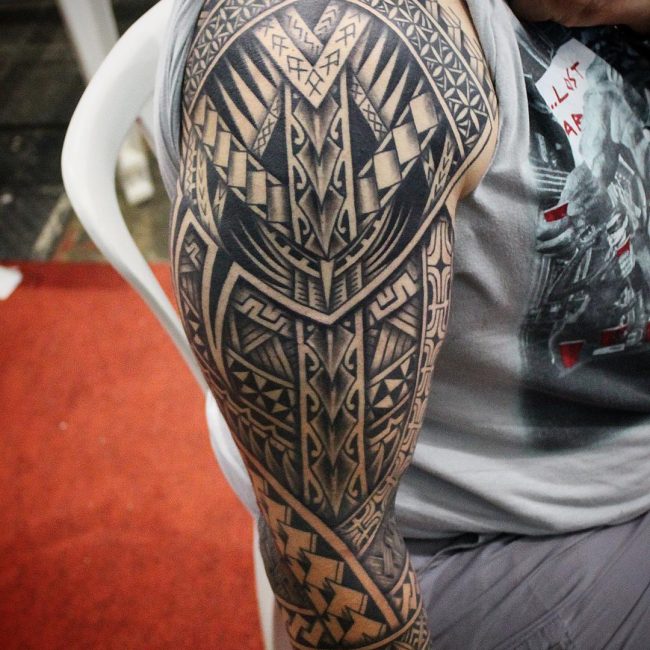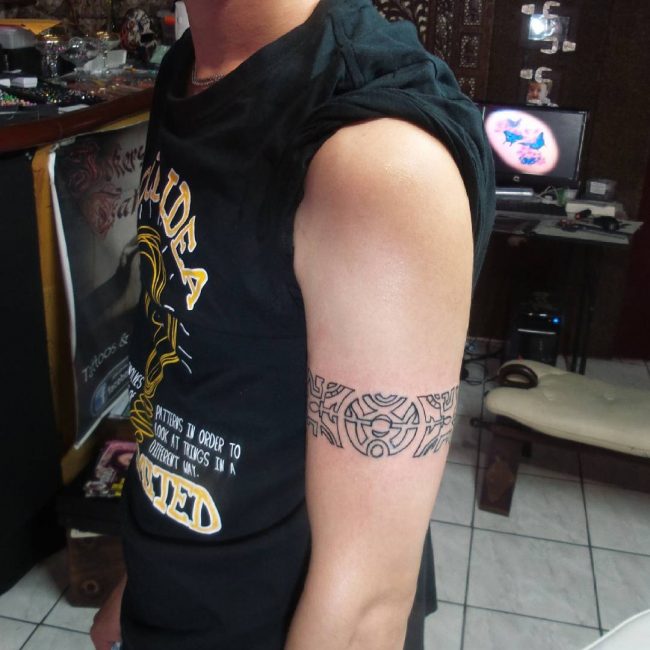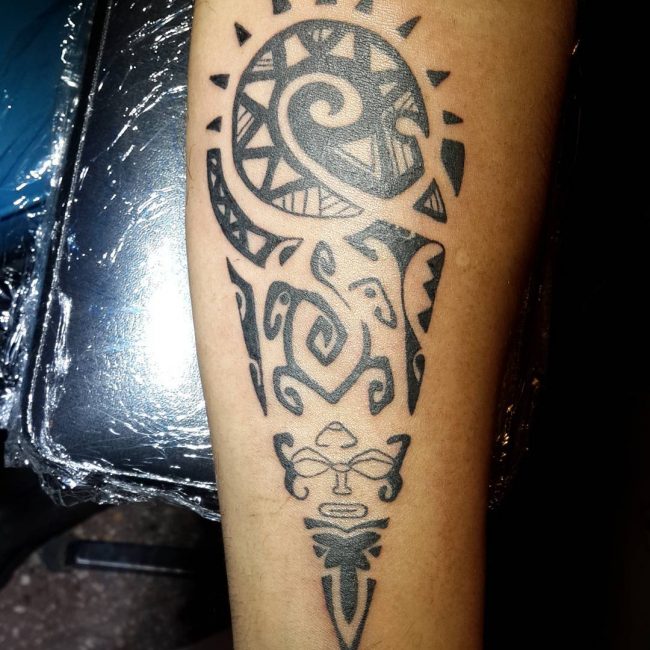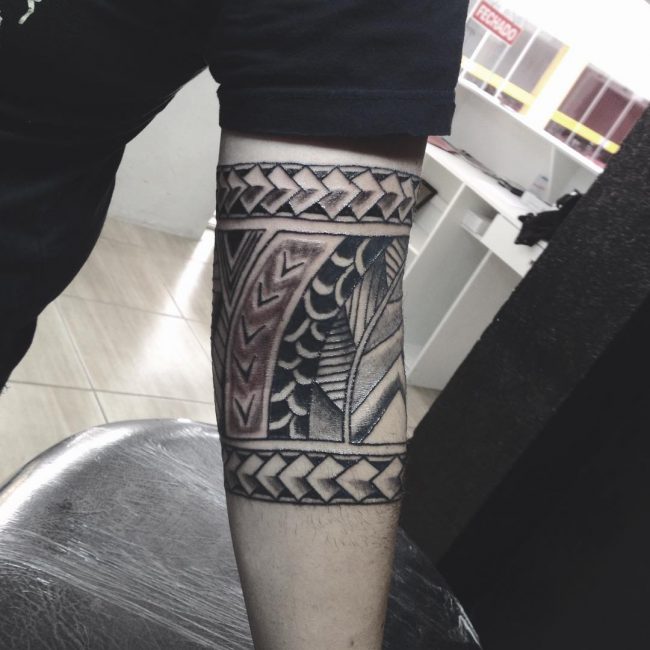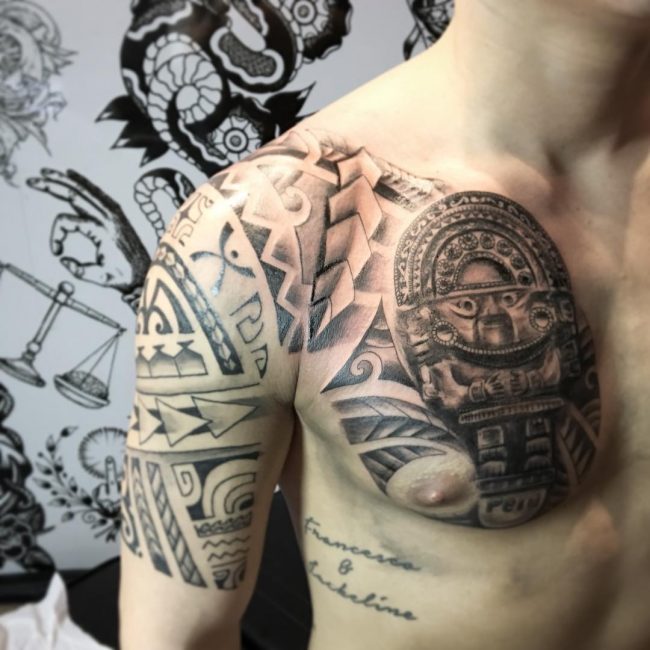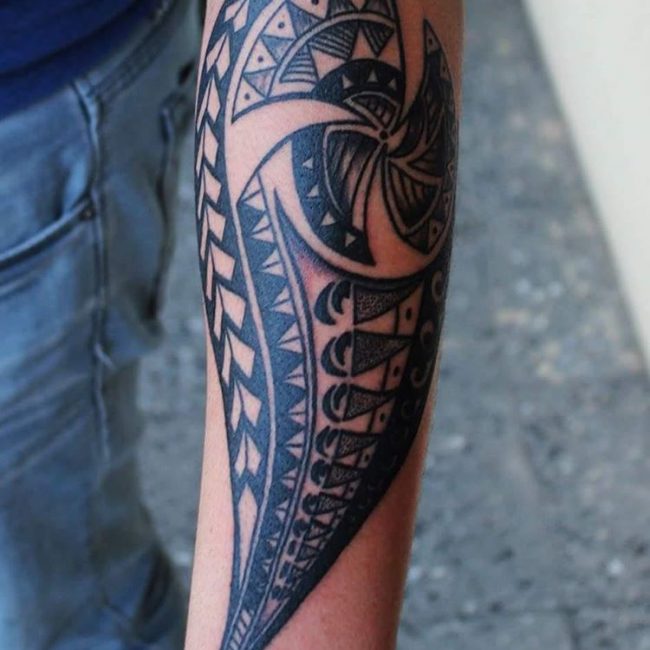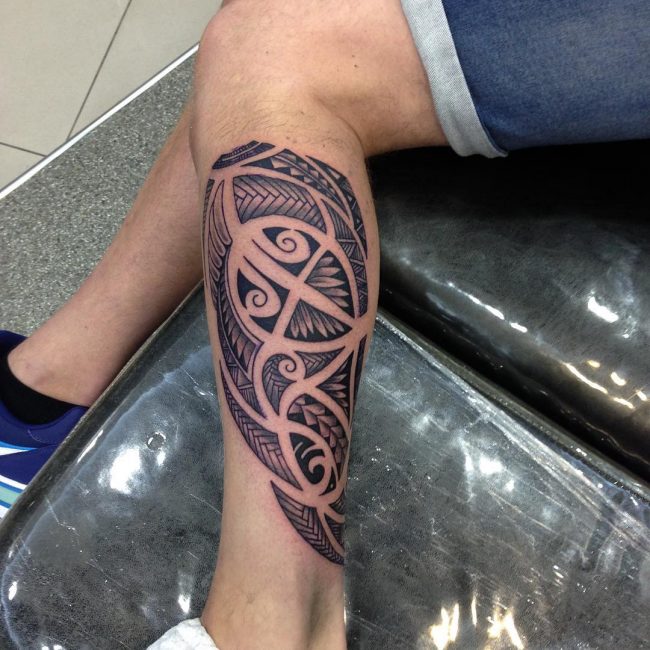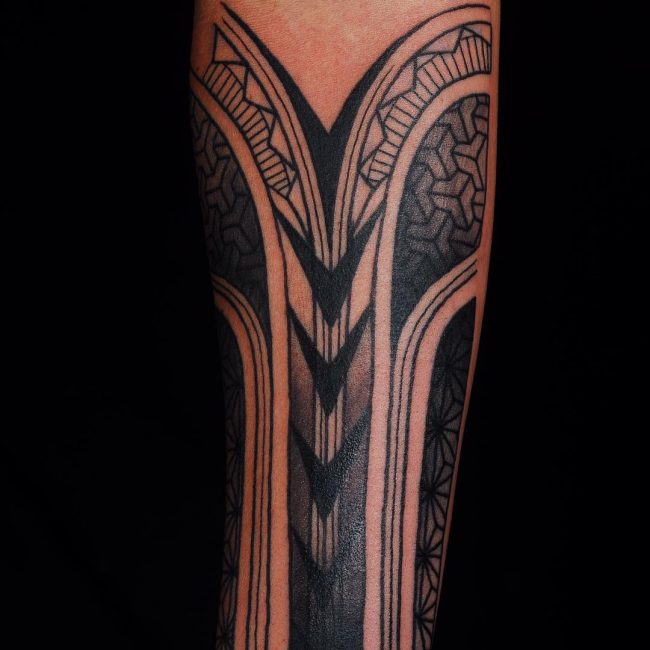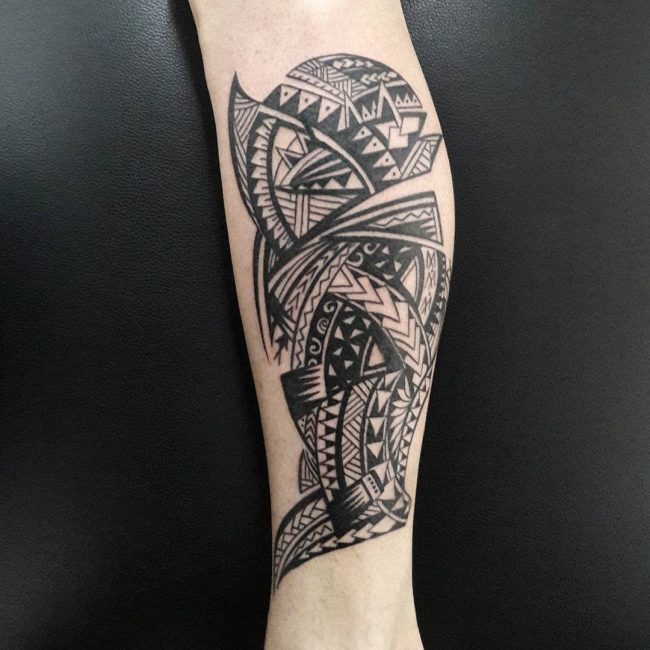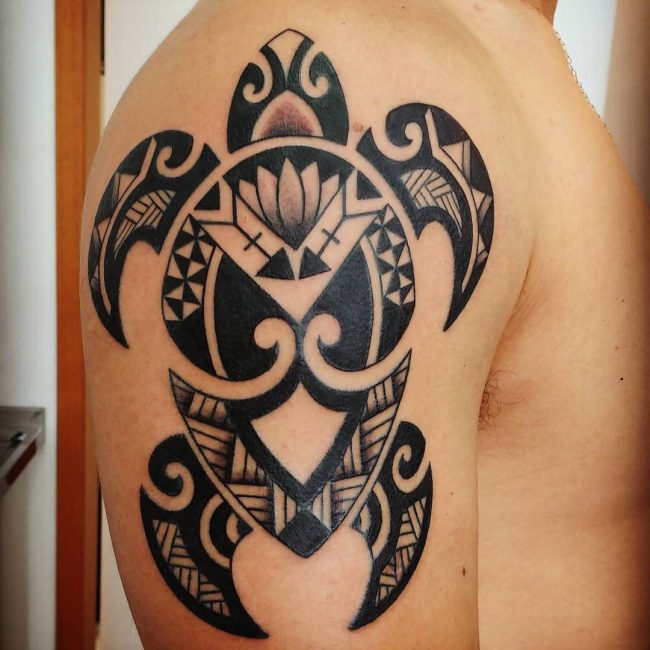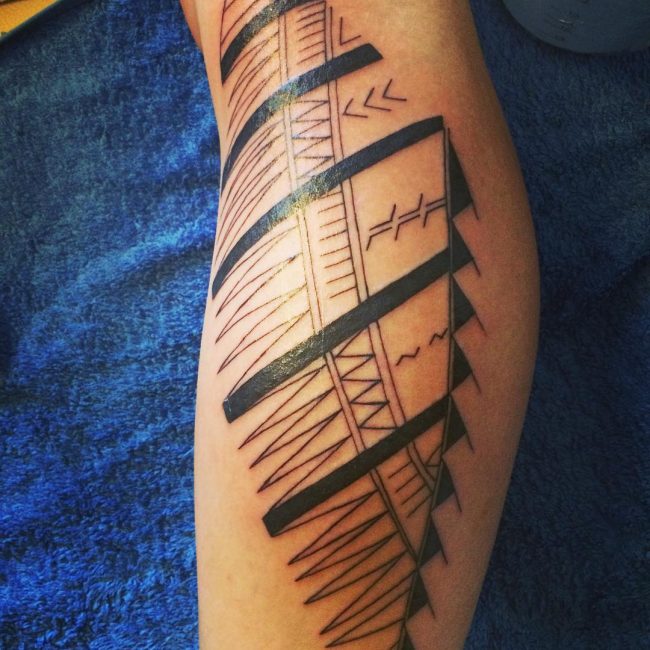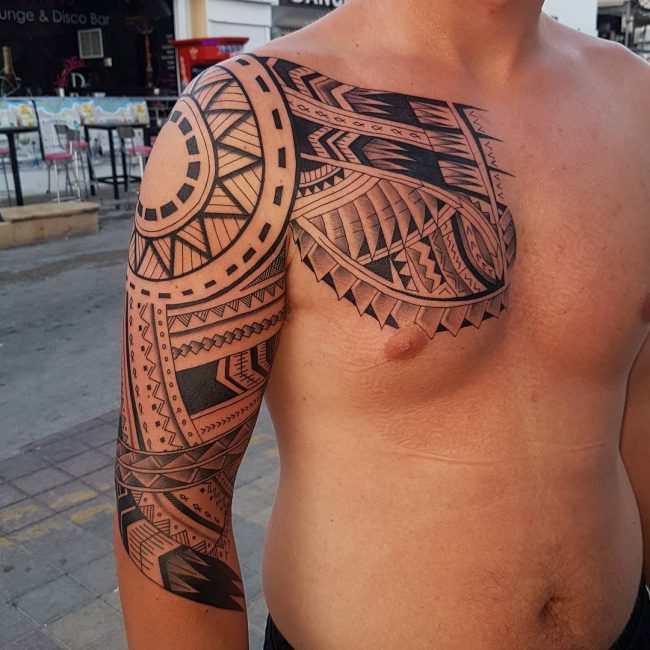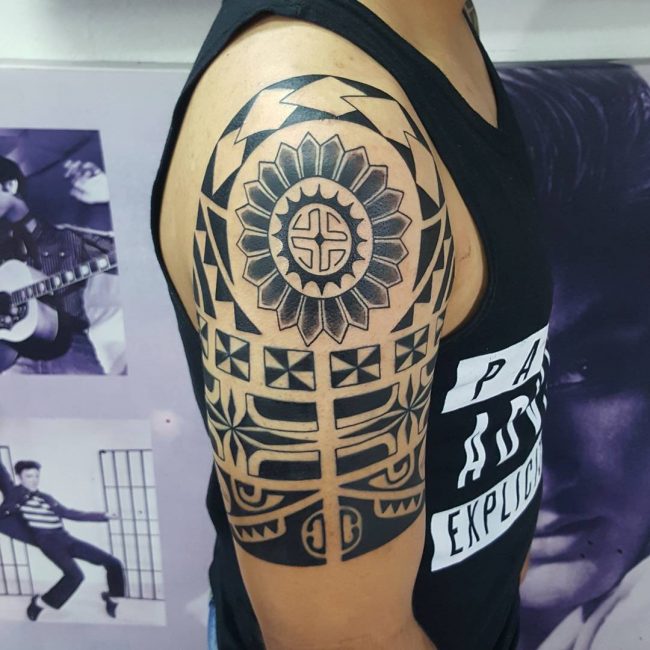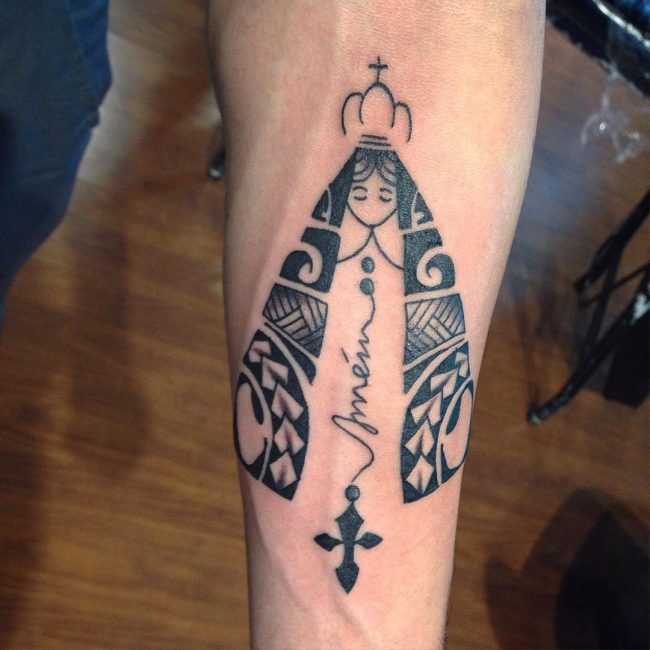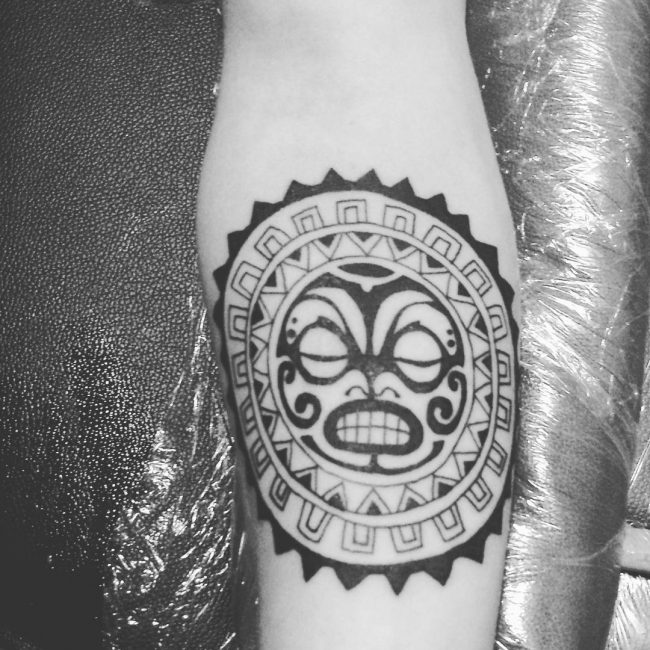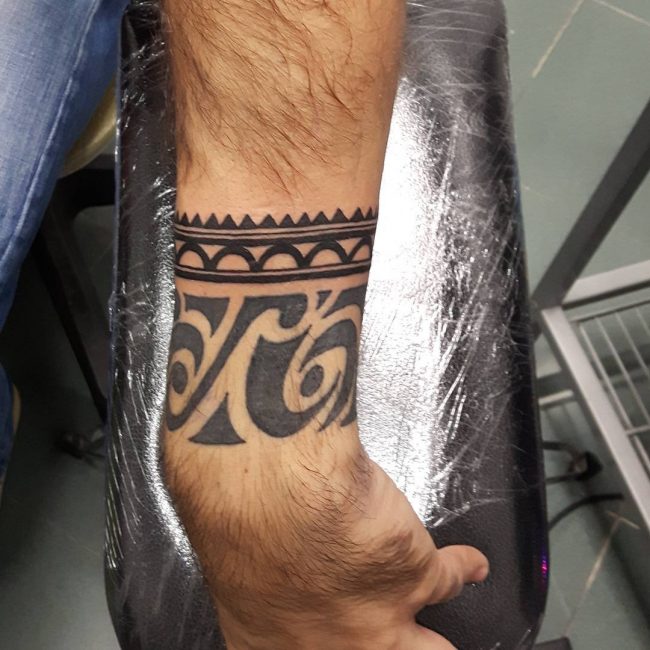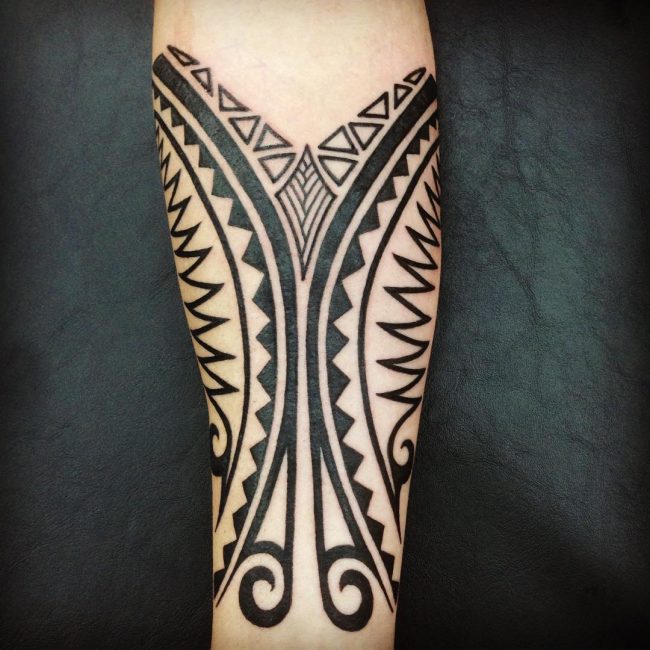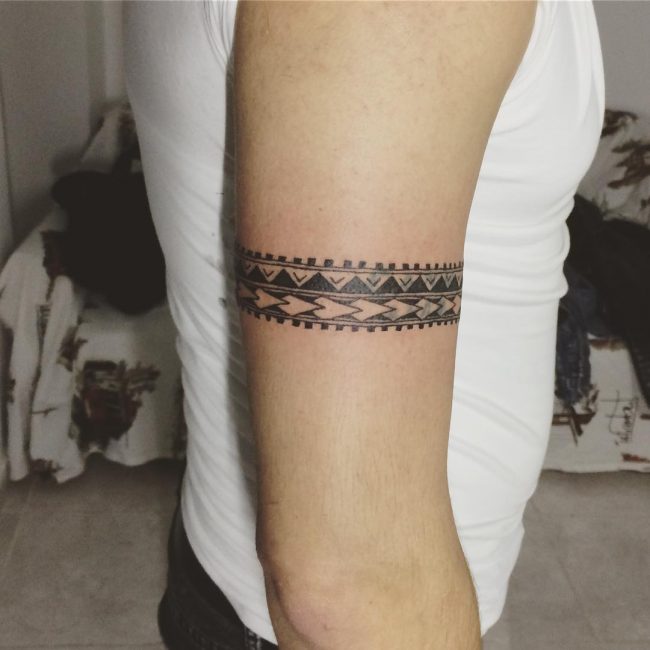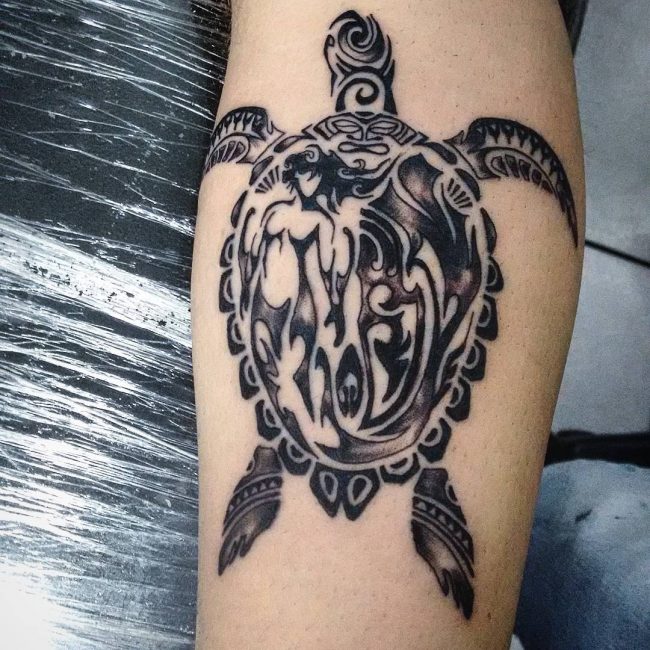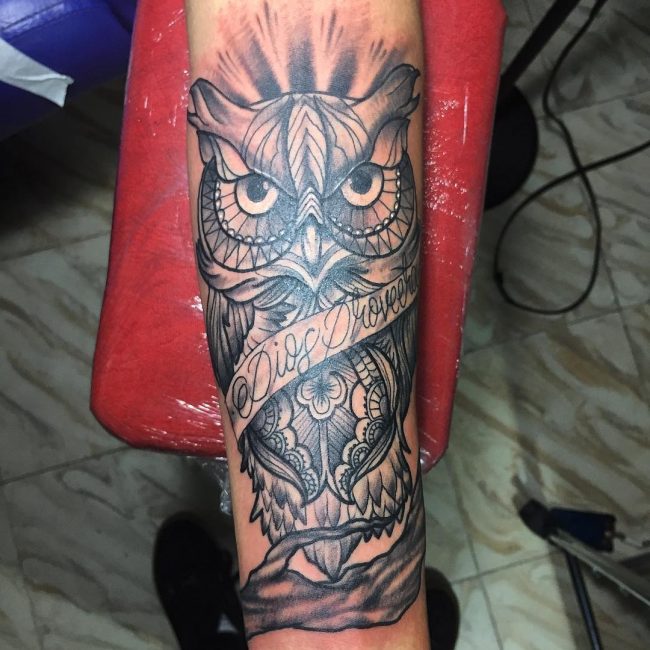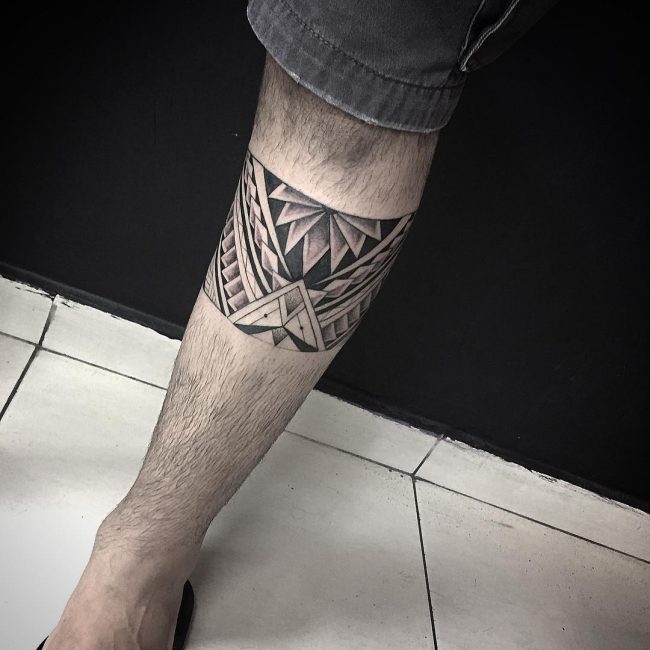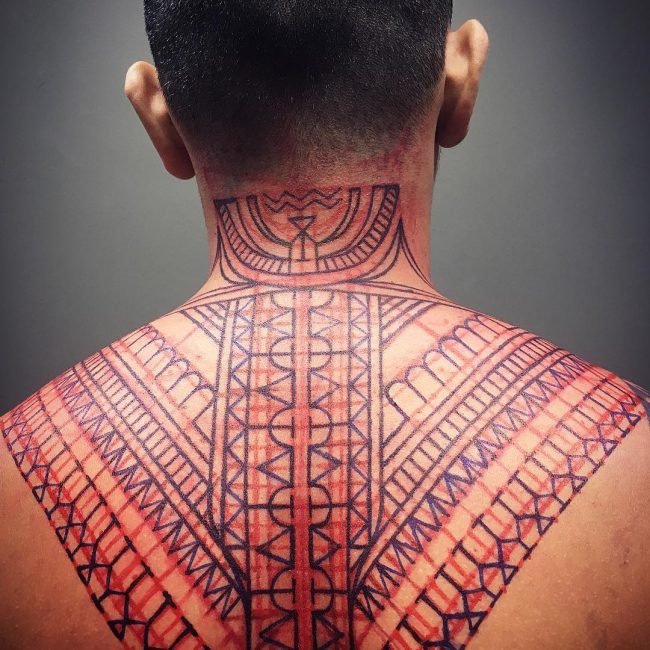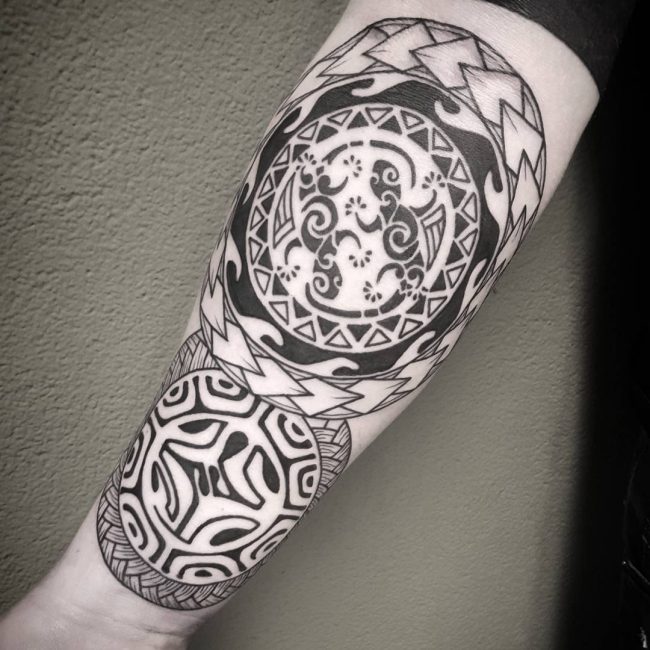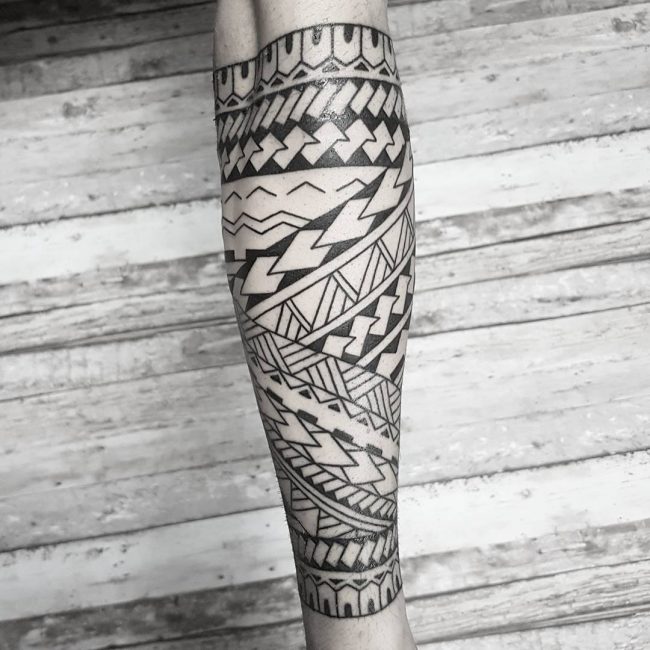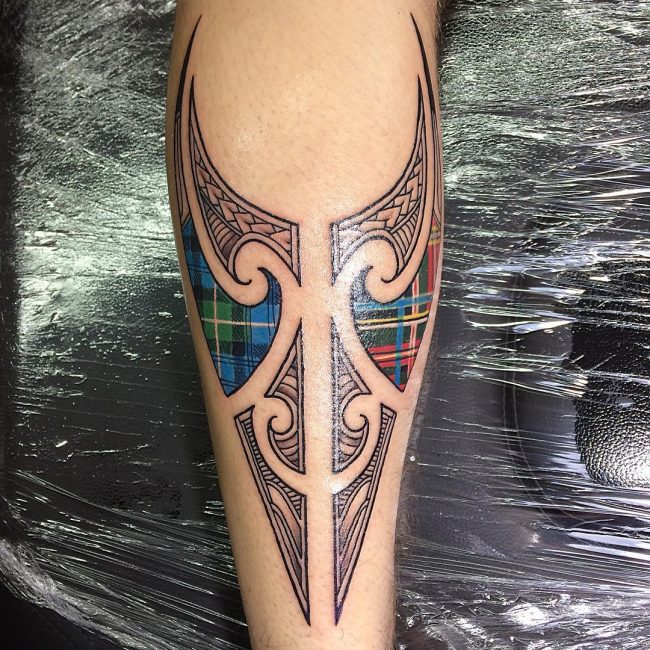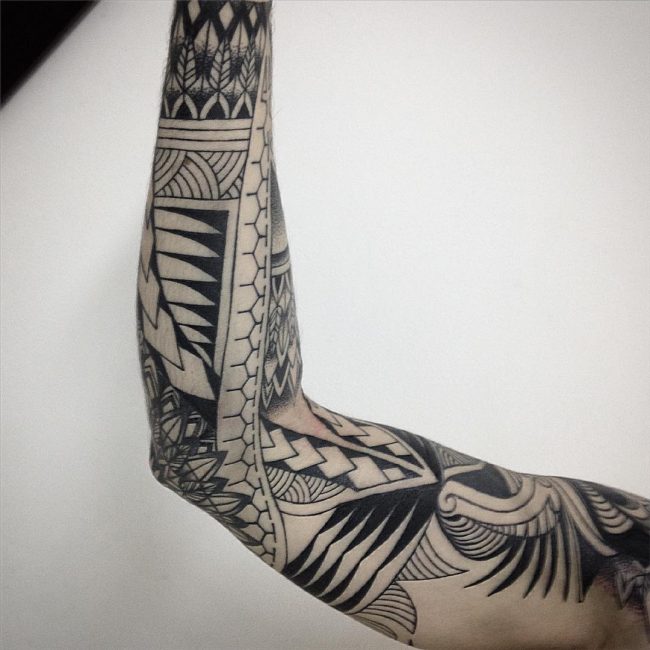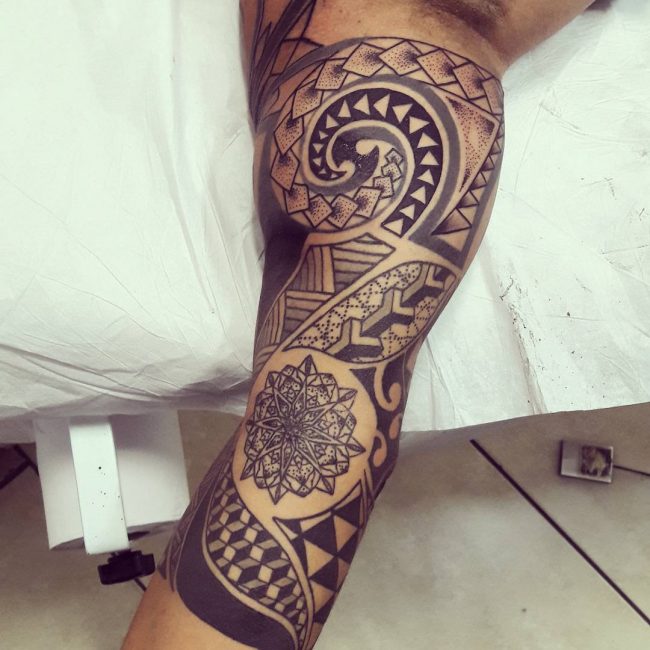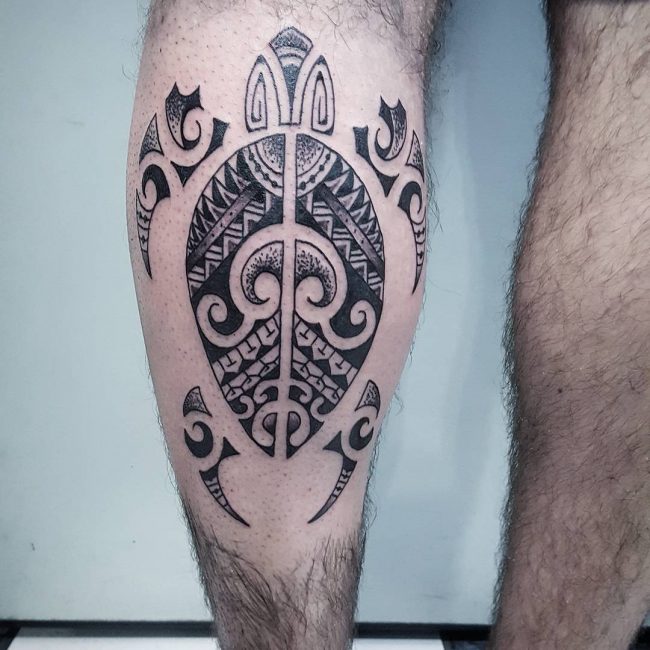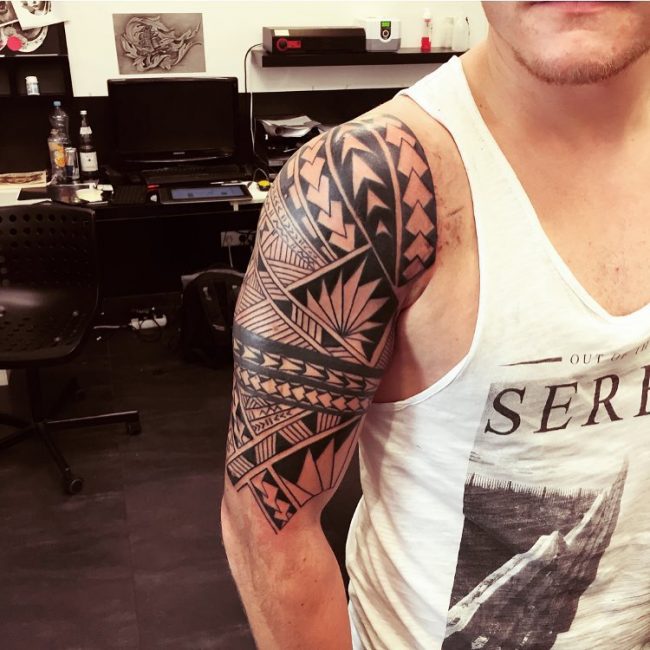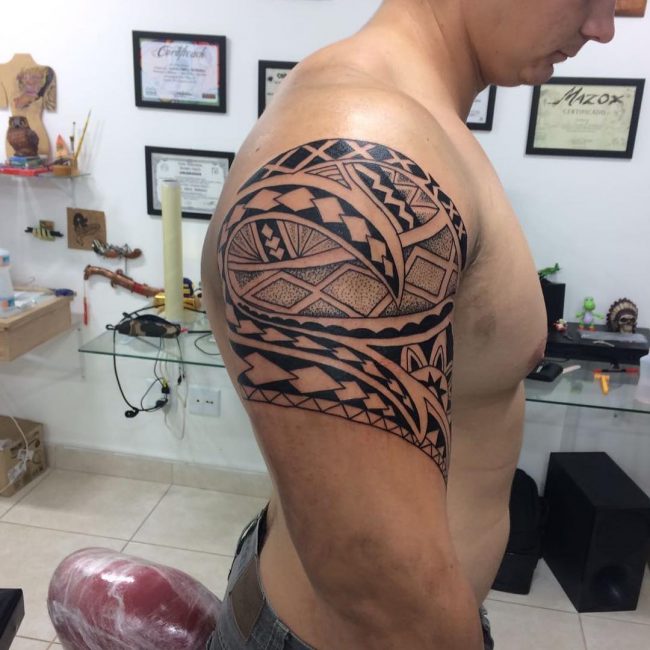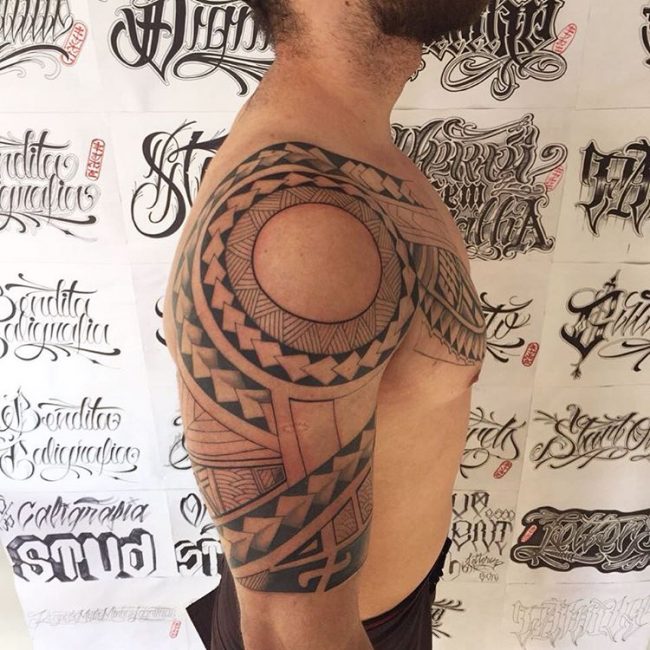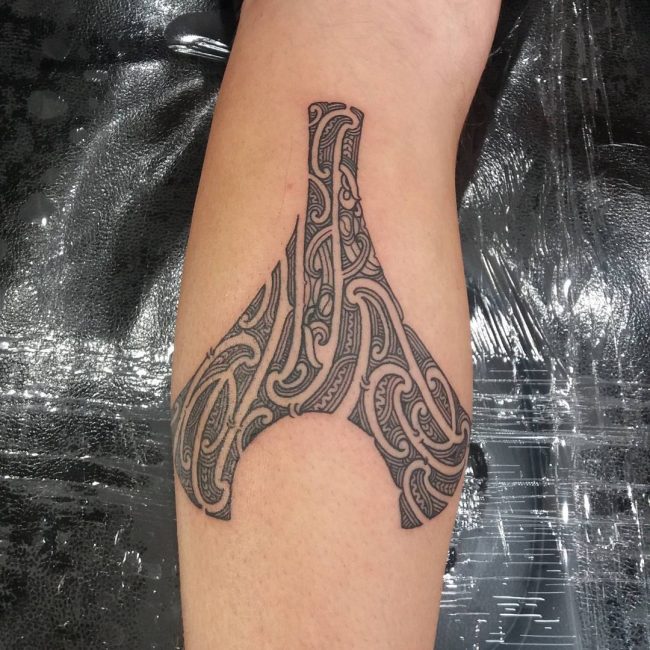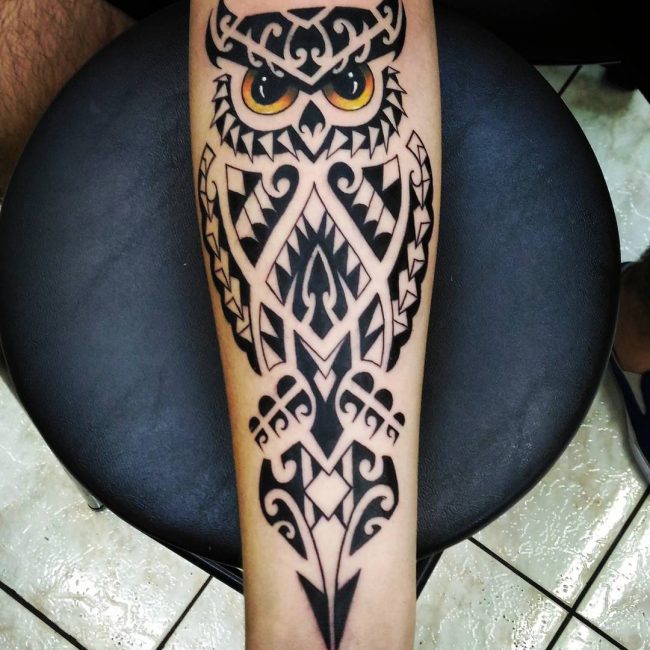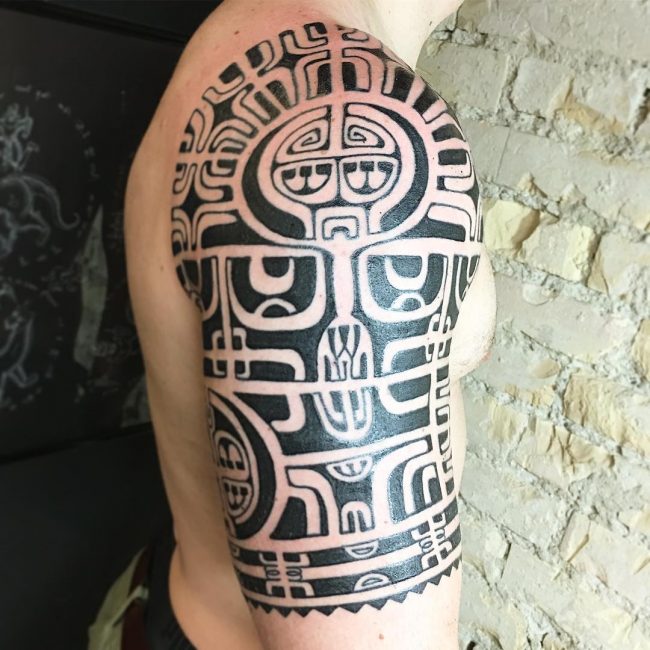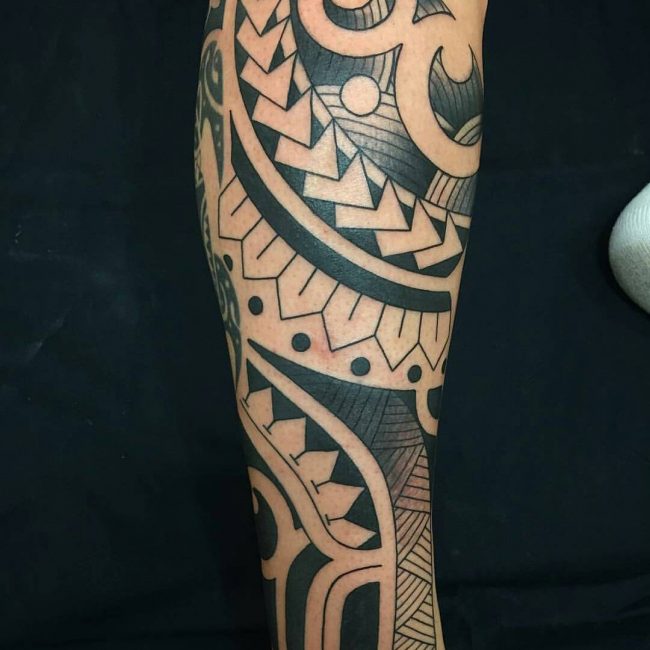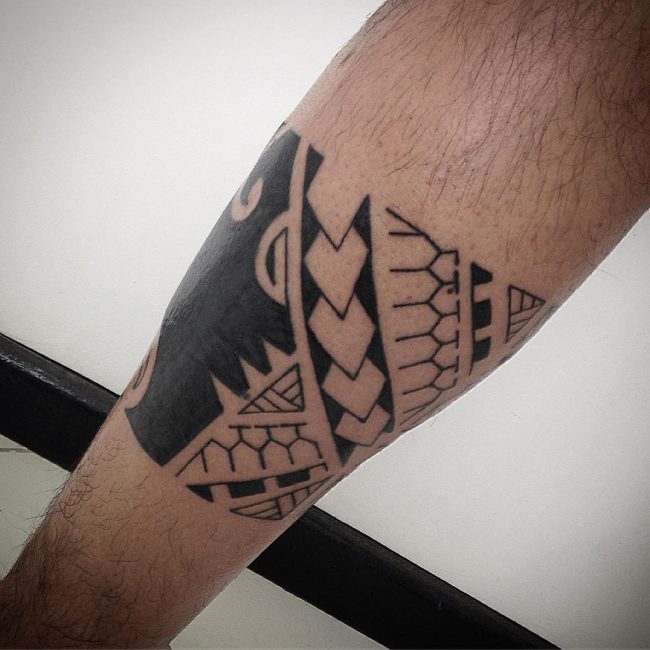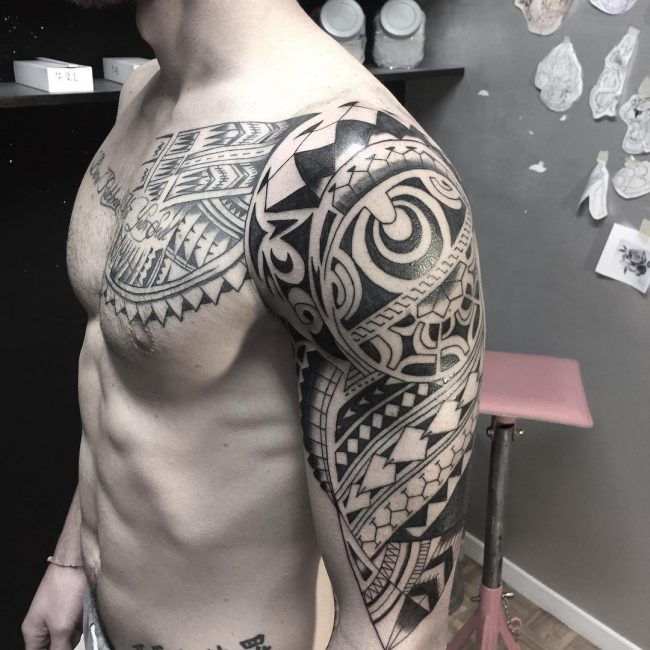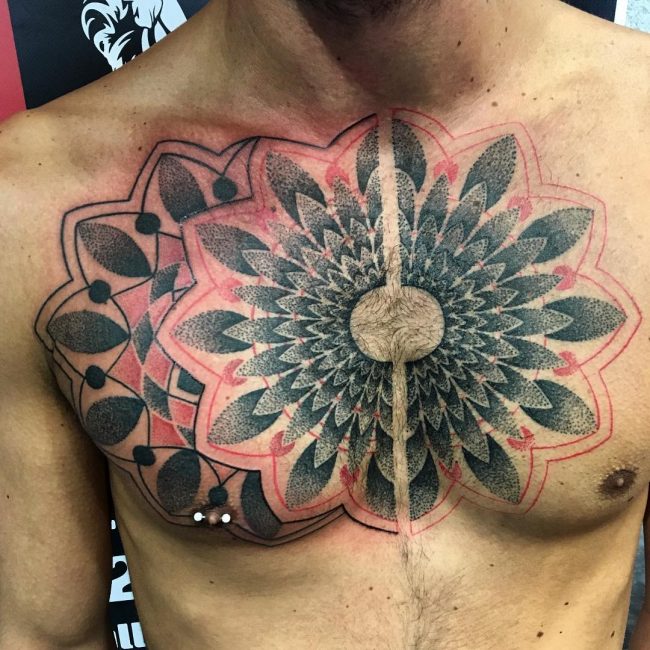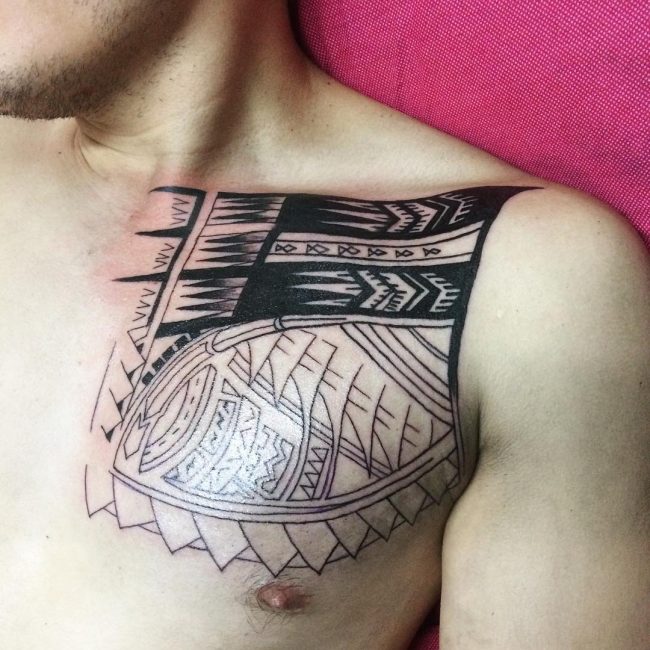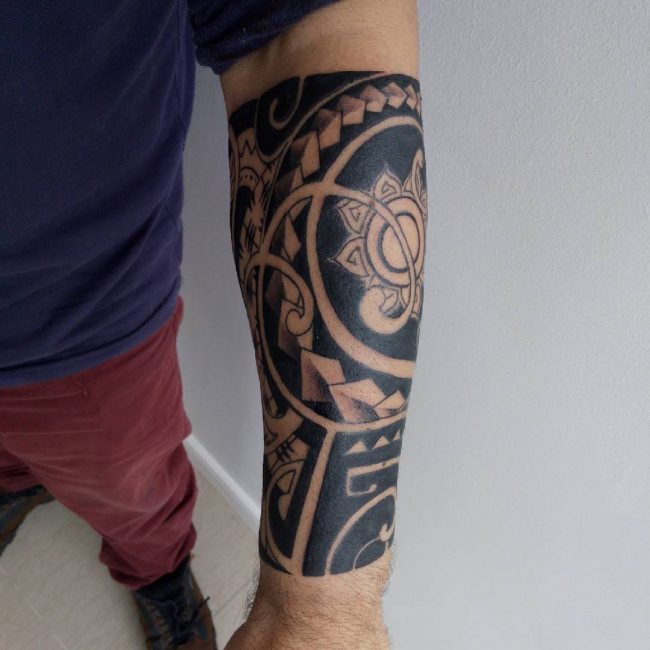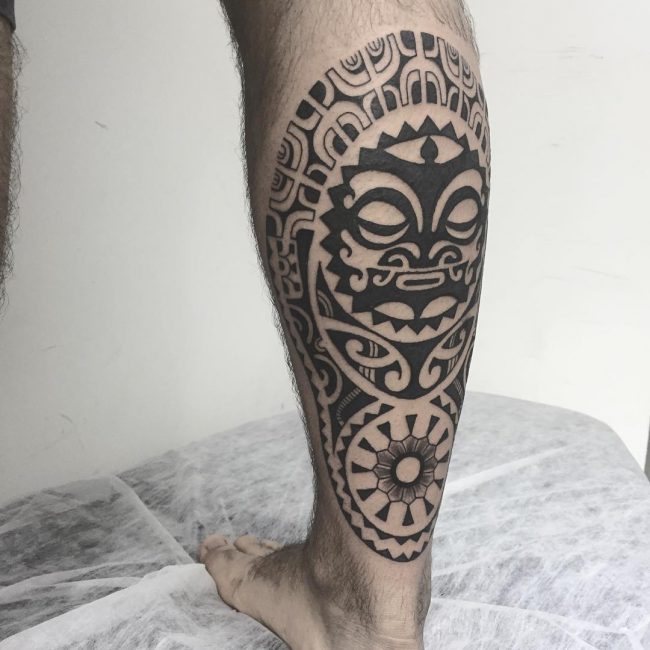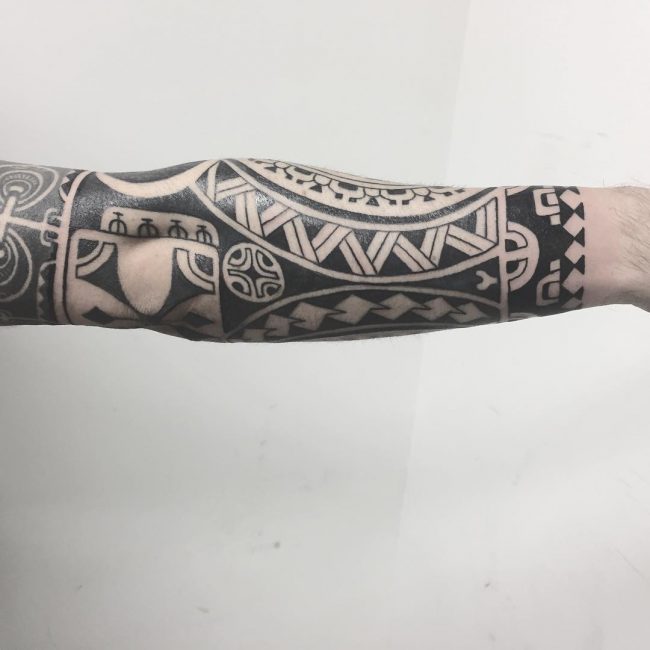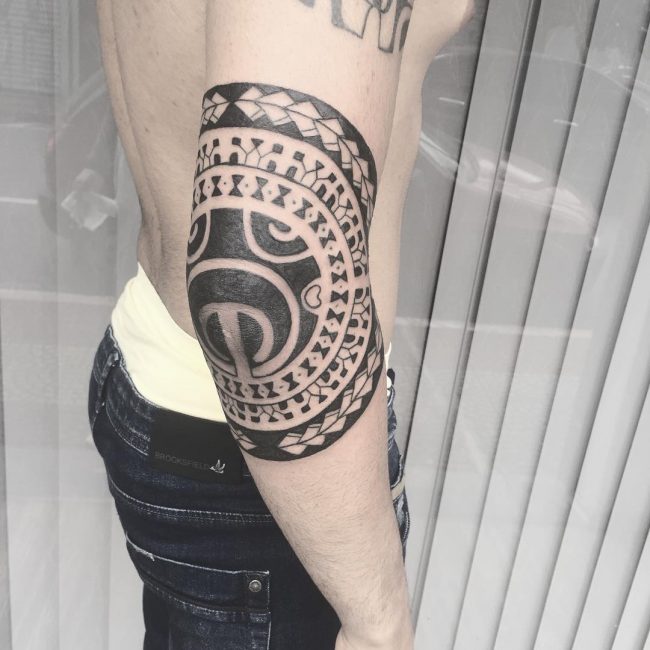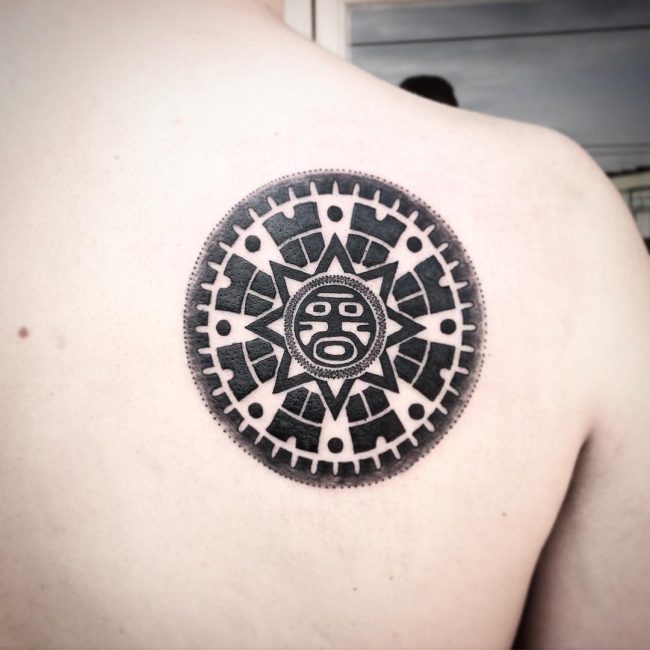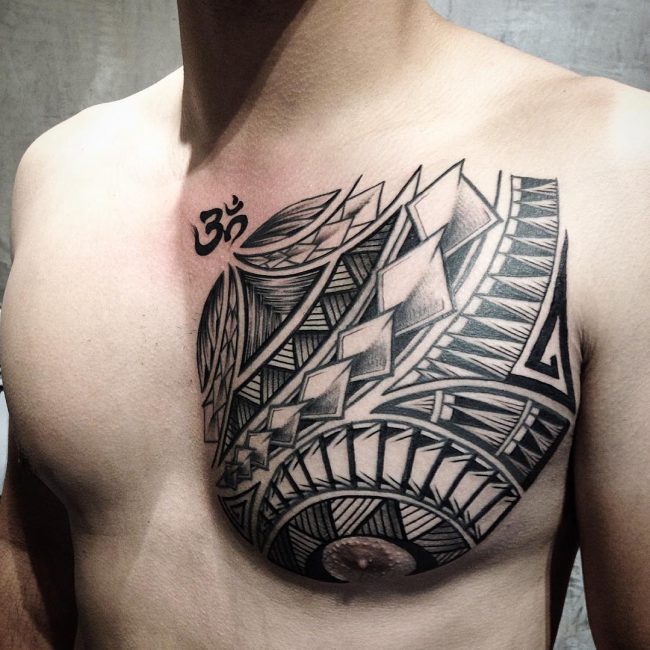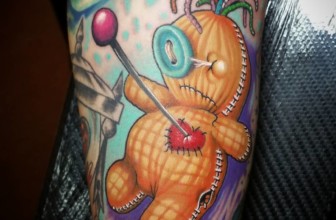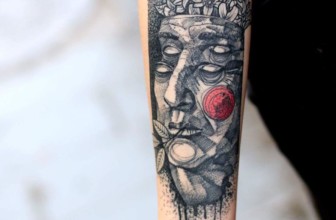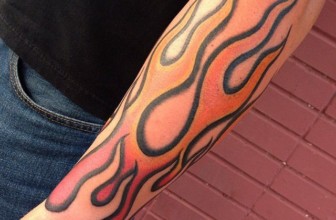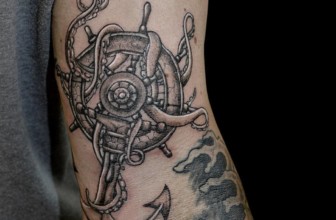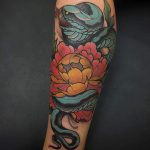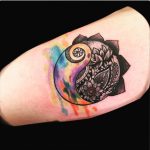50 Hypnotizing Maori Tattoo Designs – Acsient and Sacred Symbols
Maori are the people that originated in New Zealand and they were known for a style of decorative body art that’s referred to as Maori tattooing. The body art can and often does cover the person wearing it, even decorating the face, and is considered to be sacred. Having the tattooing done starting in their adolescents was considered a rite of passage that is still practiced today.
Contents:
History
Maori tattoos, or Ta moko as it’s referred to by the Maori people, was brought to them from Polynesia and is a sacred. The tattoos can cover the face and head, something that is considered the most sacred part of the body and is something that’s most recognized. The tattoos are usually made up of spiraling patterns and curved shapes that display rank and social status. It was also a means of making a person more attractive.
Because of the notoriety it was and is still a highly sacred right of passage that started in adolescents. While that at alone may be impressive, originally they weren’t like conventional tattoos we are familiar with today. Traditionally, the markings on the face and body would be chiseled into the skin rather punctured, so there would be grooves in the skin to accompany the ink.
The artform became noticed and talked about when European settlers came into the area. The moko were noticed for the unique look and how it looked elegant, resembling foliage.
In modern times, starting in the early 90s, the artform began to come in practice once again for both men and women. It was seen as a sign of cultural identity. The difference from how they are done now versus how they were done before is that nowadays they are done using a tattoo machine and ink. Though, there are some practitioners that pay homage to how the rituals used to be done by reviving the use of chisels.
back to menu ↑Meaning and Designs
There are many different designs in Maori tattoos, many of which are rich with myth and legend. Each tattoo is unique and different with each person that wears it, but because of the culture that leads the techniques of it, the meanings are usually the same.
Some of the common symbols you will see are koru, or spiral, means new beginnings, growth, and harmony. It is derived from an unfurled fern leaf, it’s a circular spiral similar to a curled leaf.
Hei matau, or fish hook, is just as it sounds a symbol that looks like a fish hook. It symbolizes strength and prosperity as well as providing safe journey over water.
Single twist is just as it sounds, it looks like a figure eight and represents the path of life as well as eternity. The double and triple twist are different from the single twist. Instead of meaning life’s path the double and triple represent two people or cultures coming together for eternity.
Manaia is known as a spiritual guardian. It’s a creature with the head of a bird, body of a man and a tail of a fish. Manaia is a protector of the sky, sea, and earth.
Hei tiki is commonly known as a good luck charm and a symbol of fertility. Tikis themselves were considered good luck charms. This one, in particular, is said to provide the wear with strength to their character.
The sun is often seen because of the energy it provides. It also means boldness and wealth. The ocean represents power and death like often the real ocean does. While it may be morbid in that thinking, getting a tattoo of it is like paying respect to something dangerous. Turtles are a symbol of eternity, the reason behind it is the belief that turtles don’t die though they are often killed by outside forces.
Outside the symbols, there are also patterns, often these are bands or filler. Pakati, or dog skin cloak, is a representation of warrior’s courage and strength. It’s a band that is similar to a string of arrows, one on top of another.
The hikuaua design is the representation of Taranaki, a region of New Zealand. It is a sign of prosperity and is a band that looks like the fan of a fish tail.
The unaunahi design looks like a string of fish scales, a curved design with a point in the center. It represents abundance and health.
The ahu ahu mataroa design is that looks similar to that of a latter. The meaning behind it is a representation of new challenges, showing that the wearer is athletic.
The design bands are often used for filler, you will find a lot of Maori tattoos that are curving symbols, but they aren’t really colored solid like some tribal tattoos. Instead, they are filled with these designs.
back to menu ↑Placement
Designs speak a lot, but so does placement for the Maori. It’s traditional for men to get their entire faces tattooed and each area of the face represents or means something. The center of the forehead will identify rank, under his brow will notate his position. The area around his eyes and nose will designate his sub-tribe rank. The area around his temples will show his marital status.
The area under his nose would be his signature, which was used when buying property. The cheeks showed the nature of his work. The chin showed the man’s prestige and his jaw would show his birth status. These particular tattoos were designated to men.
While Maori women would also get facial tattoos they wouldn’t fully cover their face. Women would get their forehead, chin and lips tattooed.
While facial tattoos are the most noticeable, they weren’t regulated to just the face. Often times Maori would also tattoo their buttocks, thighs, necks, backs, stomachs and calves.
The tattoos are beautiful, both to behold and the fact that you won’t see two tattoos that look the same. They give you the opportunity to get a spiraling beautiful tattoo that isn’t likely to be worn by another person.

